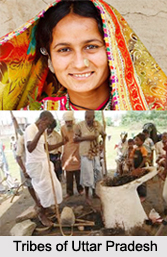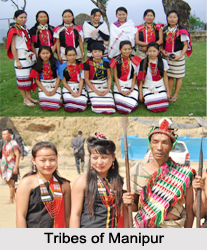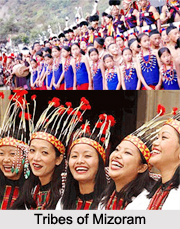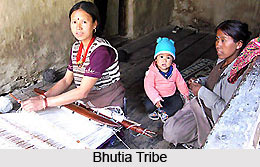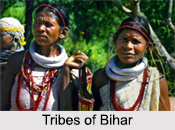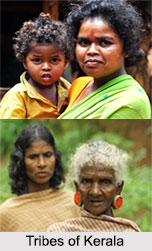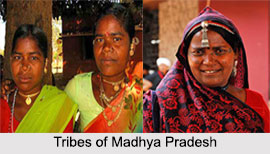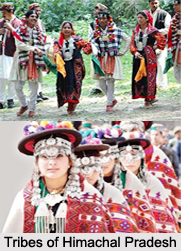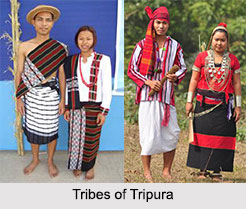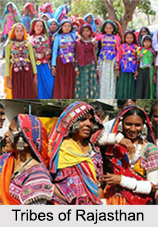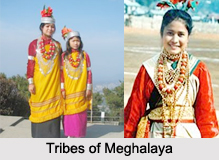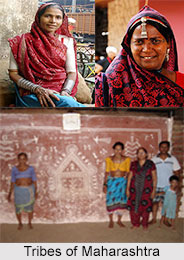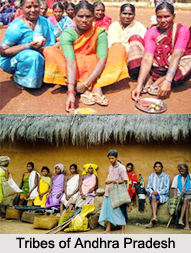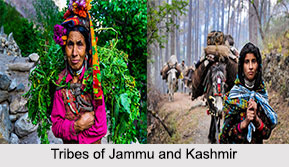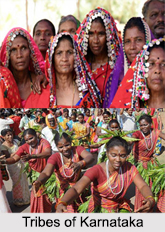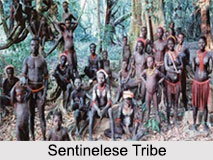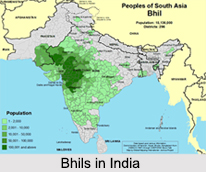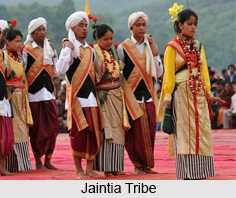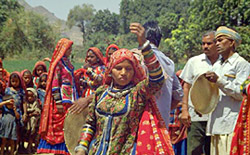Introduction
Lakshadweep, India's smallest Union Territory by area, is a captivating group of islands nestled in the Arabian Sea. This serene archipelago comprises 12 atolls, three coral reefs, and six submerged sandbanks. Spanning just 32 square kilometers, it functions as a single-district Union Territory with its administrative headquarters located in Kavaratti.
The
territory encompasses 27 islands, of which only 10 are permanently inhabited —Kavaratti,
Agatti,
Amini, Kadmat,
Kiltan, Chetlat, Bitra, Andrott, Kalpeni, and Minicoy, each
offering its own unique charm. Among them, Bitra stands out as the tiniest in
terms of population, housing just 225 residents as per the 1991 Census.
Interestingly, Bangaram,
though largely uninhabited, was recorded with a population of 61 during the
same census.
Geographically, Lakshadweep lies between 200 to 400 kilometers off India’s southwestern coast, strategically positioned along ancient maritime trade routes that once connected Africa, Arabia, and the Malabar coast. Altogether, the territory.
Historically,
the region was once divided into three distinct island groups: Laccadive,
Amindivi, and Minicoy. These were unified into a single Union Territory on
November 1, 1956. In 1973, the collective name "Lakshadweep" was officially adopted,
meaning "a hundred thousand islands" in Sanskrit—an apt title for
this tropical paradise.
Tribes of Lakshadweep
Tribes of Lakshadweep amount to huge in number, with the Indian government administering the union territory as a tribal dominating area, with hundreds of sects surviving. Lakshadweep contains a major population dedicated to tribal section. However, scheduled tribes are another sect that adds up to the population count. The major tribal communities that dwell in Lakshadweep comprise Aminidivi, Koyas, Malmis and Melacheris. All these tribes have their distinct status in the community. The excellent craftsmanship of these tribal people has also made them popular across the globe. Looking at the huge population of these tribal communities in Lakshadweep, the island can well be referred to as a tribal dominating area.
Some of these communities own land on these islands while other work as labourers. The majority of the tribal population in Lakshadweep follows Islam. Most of these tribes earn their livelihood through fishing and cultivation.
Aminidivi Tribe of Lakshadweep
Among the many cultural threads that make up the tribal population of Lakshadweep, the Aminidivi tribe stands out as one of the oldest and most culturally rich communities in the archipelago. With a population of approximately 7,340, the Aminidivi people primarily reside on Amini Island, where their unique heritage, craft traditions, and way of life have flourished for centuries.
The island of Amini is renowned for its natural abundance of coral sandstone, a resource that has shaped the livelihoods of the Aminidivi community. Known for their remarkable artistry, the tribe has mastered the hand-made crafts of carving floral and geometric designs into the hard coral stones, a skill passed down through generations. In addition, the people create beautifully crafted walking sticks using coconut wood and tortoise shells, which are highly sought after by visitors to the islands.
Historically, Amini came under British control as early as 1799, and over time, the island attracted explorers and navigators from across the globe. Notably, Vasco da Gama is believed to have passed through this region during his travels. Despite these external influences, the Aminidivi tribe has preserved its cultural essence, with Islam playing a central role in shaping its social and spiritual identity. Today, Islamic customs deeply influence their daily life, festivals, songs, and even artisanal traditions.
Culturally, the Aminidivi community boasts a rich oral heritage. Local songs, some celebrating traditional values, others echoing religious rituals, form a core part of their identity. The songs sung by fishermen during voyages at sea are particularly emblematic of the tribe’s deep-rooted connection to both nature and their ancestral past.
What truly sets the Aminidivi people apart is their warm hospitality and exceptional skill in handcrafted goods. Their coral stone carvings and coconut-shell crafts have become iconic representations of Lakshadweep’s indigenous art, admired not just for their beauty but for the cultural legacy they carry.
The Aminidivi tribe continues to uphold a legacy of
craftsmanship, community, and cultural pride, making them a vibrant and
enduring part of Lakshadweep’s diverse heritage. They are also acknowledged for
their different rituals and unique way of celebrating festivals making
their festivals a grand affair.
Koya Tribe of Lakshadweep
The Koyas of Lakshadweep represent one of the island's most influential and historically rooted communities. Traditionally identified as the land-owning class, the Koyas have held a prominent position in the island's social hierarchy for generations. While Islam is the predominant religion across Lakshadweep, its societal framework has long been divided into three key groups—cultivators, seafarers, and landowners, with the Koyas at the apex of this structure.
Believed to be the descendants of ancient South Indian landowners, the Koya community has established a firm presence in the islands of Kalpeni, Andrott, and Kavaratti. Their influence extends well beyond land ownership. Koyas are deeply embedded in the governance of local affairs. Often, members of the Koya tribe are called upon to lead or deliver judgments on crucial socio-economic matters within the community, reflecting the deep respect they command.
Historically, the Koyas rose to prominence during the early Muslim rule in the region. Known by titles such as Karnavars or Tarawads, they were once known to maintain a strong sense of exclusivity and social pride. Although intergroup interactions have evolved with time, the Koyas are still considered a dominant voice in the cultural and administrative life of Lakshadweep.
Despite their elevated status, the Koya people also engage in traditional occupations. Many earn their livelihood by navigating and operating locally made boats, contributing to the island’s maritime activity. This connection to both land and sea defines the dual identity of the Koya tribe, grounded in heritage yet active in the economic rhythm of the islands.
Cultural life among the Koyas is vibrant, especially during
religious festivals and local ceremonies. These events are marked by
traditional music, folk dances, and devotional songs performed by women in the
community. These hymns, sung in the local dialect, celebrate both faith and
folklore, adding a melodic layer to the tribe’s rich heritage.
Melacheri Tribe of Lakshadweep
The Melacheri community of Lakshadweep, once spread across the islands of Chetlat, Bitra, Kadmat, and Kiltan, is now primarily concentrated on Amini Island. Recognized as the island’s core working class, the Melacheris play an essential role in sustaining local livelihoods, especially through their traditional practice of coconut harvesting.
Etymologically, the term “Melacheri” is a blend of two words—Mela, meaning “west,” and Cheri, meaning “hamlet” or “settlement.” This name reflects both their geographic origin and their socio-cultural identity. Within the traditional social structure of Lakshadweep, the Melacheris are positioned below the Koyas, the landowners, and the Malmis, the sailors. Yet despite their position on the lower rung of the social hierarchy, the contributions of the Melacheri people are vital to the everyday functioning of the island economy. They are considered to be the main working community on the island.
The Melacheris are especially known for climbing coconut palms to collect nuts, a labor-intensive task that forms the backbone of their livelihood. From these coconuts, they extract sweet toddy, a time-honored product that continues to hold cultural and economic value. This indigenous occupation has sustained the community for generations and remains one of the few traditional practices still alive in modern Lakshadweep.
Like most island communities, the Melacheris are followers of Islam. Their religious devotion is deeply intertwined with their cultural expressions. Festivals such as Muharram and Eid-ul-Fitr are celebrated with great enthusiasm, bringing families and neighbors together in prayer, feast, and festivity. These events not only reinforce their spiritual faith but also strengthen communal bonds.
While the Melacheri tribe may not hold political or economic
power comparable to other groups, they embody resilience and tradition. With
better access to education, skill development, and economic support, this
hardworking community has the potential to rise and secure a more prominent and
empowered place within the social fabric of Lakshadweep.
Demography in Lakshadweep
Lakshadweep, the smallest Union Territory of India by population, presents a compelling demographic profile marked by high literacy, urbanization, and gender balance. According to the 2011 Census, the total population stood at 64,473, comprising 33,123 males (51.3%) and 31,350 females (48.7%), resulting in a sex ratio of 946 females for every 1,000 males.
Interestingly, Lakshadweep continues to lead in gender equity indicators. As per the National Family Health Survey (NFHS) 2021, the territory recorded the highest sex ratio at birth among all Indian states and union territories, a positive reflection of its progressive social structure.
The population is spread across 11,574 households, with a strong tilt toward urban living. Around 78% of the residents live in urbanized environments, making Lakshadweep one of the most urbanized regions in the country despite its geographic isolation.
Education
remains a key strength of this island territory. The National Statistical
Office (NSO) survey in 2017 recorded a literacy rate of 92.28%, placing
Lakshadweep second among all Union Territories, just behind Delhi. This high
literacy rate reflects the region’s consistent investment in education and
social development.
In terms of
fertility, Lakshadweep demonstrates another remarkable demographic trend. The
fertility rate, according to NFHS data, stands at just 1.4, well below the
national average of 2.0. This suggests a population that is stabilizing, with
potential implications for long-term planning in healthcare, education, and
employment.
Languages Spoken by Tribes of Lakshadweep
Lakshadweep, though small in size, is linguistically rich, with a unique blend of regional dialects and historical influences shaped by its geographic proximity to Kerala and the Maldives. The Union Territory officially uses English, but the languages spoken across its islands reflect deep cultural roots and tribal identities.
Among the most widely spoken local languages is Jeseri, also known as Dweep Basha, a dialect of Malayalam predominantly used in the Amindivi and Laccadive islands. Each island may feature slight variations in pronunciation and vocabulary, making Jeseri a dynamic and evolving form of communication within the archipelago.
On Minicoy Island, however, the linguistic landscape is notably different. Here, the tribes speak Mahl, a dialect of Dhivehi, which shares its roots with the language spoken in the Maldives. Mahl is a critical marker of Minicoy’s distinct cultural and ethnic identity within Lakshadweep.
Malayalam, written in its native script, was introduced as the principal language of the islands during the British colonial period. Since India’s independence, this policy has remained in place, and Malayalam continues to function as a unifying language across the islands, even in Minicoy, where it is used in education and administration alongside local dialects.
Historically,
before the adoption of the modern Malayalam script, many islanders used a
variant of the Arabic script known as Arabi-Malayalam or the Ponnani script.
This script was once prevalent in religious and literary writings. To date, it
reflects the islands’ longstanding Islamic heritage and trade connections with
the Arab world.
Economy of Tribes of Lakshadweep
The economy of Lakshadweep’s tribal communities is deeply intertwined with the natural environment, built primarily on three pillars—agriculture, fishing, and tourism. Despite its small size and limited land resources due to extensive forest cover, the Union Territory has nurtured a self-sustaining economy, where indigenous knowledge, traditional practices, and emerging industries coexist.
Agriculture: With just 2.58 hectares of
cultivable land across the islands, agriculture in Lakshadweep is modest but
vital. The primary crop is coconut, and for many tribal families, especially
those belonging to the Melacheri community, harvesting coconuts and producing
coconut-based goods like oil, coir, and toddy is a key livelihood. The
government supports this sector through five coir factories, seven curling
units, and five demonstration centers that help islanders turn raw coconut
fiber into marketable products such as yarn and mats—crucial for both domestic
use and export.
Fishing: With expansive lagoon waters and an exclusive economic zone (EEZ), fishing is the cornerstone of the tribal economy. Communities like the Malmis, traditionally skilled in seafaring, play a central role in this sector. The islands produce an estimated 21,016 tonnes of fish annually, with tuna, particularly skipjack and yellowfin being the most commercially valuable species. Approximately 60% of the catch is dried for trade, while the rest meets local demand. Fishing operations utilize a mix of mechanized boats, traditional country crafts, and those fitted with outboard motors, keeping both ancient techniques and modern practices alive. A government-run tuna canning factory further supports processing and employment.
Tourism: Lakshadweep was opened for tourism
in 1974 with the opening of Bangaram Atoll to international visitors. Since
then, the government has actively promoted tourism as a sustainable source of
income for local tribes, especially the youth. Islands like Bangaram and Kadmat
with their exotic beaches,
have become hubs for eco-friendly tourism, offering activities such as scuba
diving, snorkeling, windsurfing, kayaking, canoeing, sport fishing,
and night sea voyages. These experiences not only attract tourists but also
create opportunities for islanders to showcase their cultural heritage and
hospitality. To further strengthen the sector, the government launched
initiatives in 2024 to enhance infrastructure, aiming to balance environmental
preservation with economic development.

